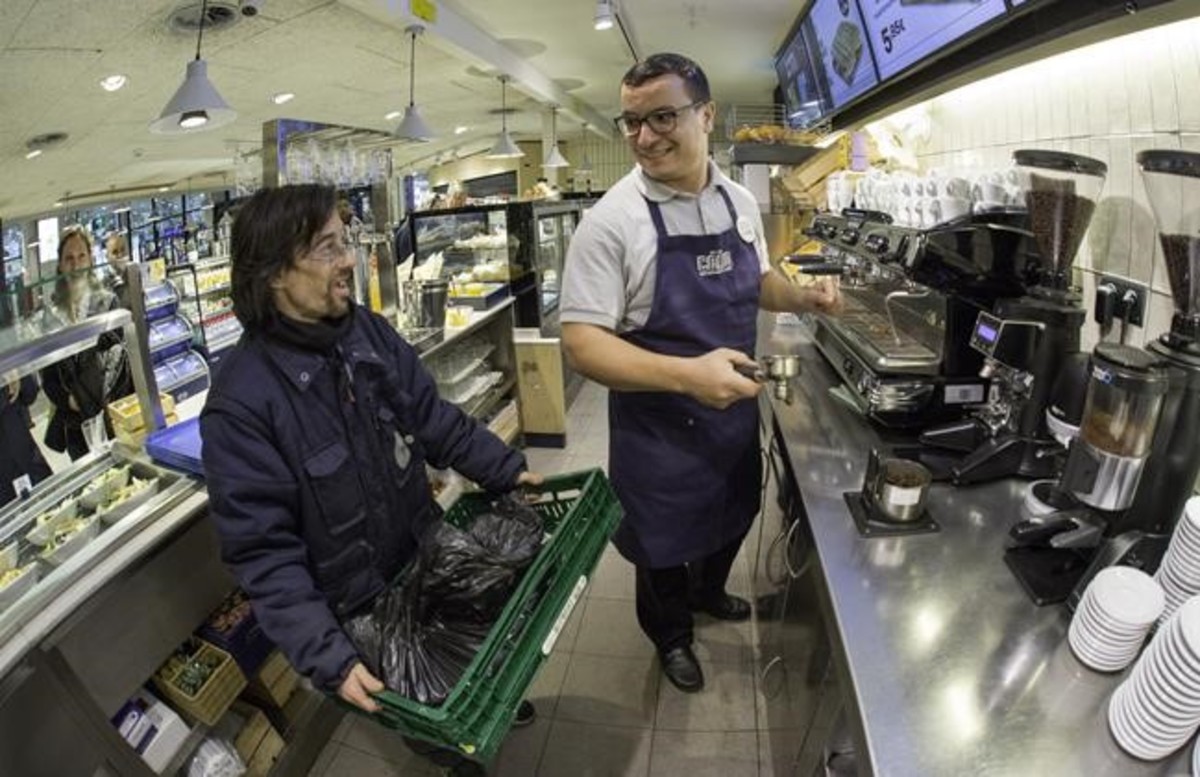A company collects waste from milled grains in bars in Barcelona to make pellets from chimneys. The initiative employs people at risk of social exclusion and expects to market the product in the 2018.
At the moment it is a Five-week pilot test in the neighborhoods of Gràcia and Sants, in which close to 80 restaurants They have joined the initiative. The 7 coffee shop started November and each week they have stored about one ton of coffee waste. The collection is done by people like Iván or Fran, from TEB cooperative group, which employs people with intellectual disabilities. Danielle Pellikaan is one of the promoters of the non-profit association Listening Factor, the mothership of Up! Energy, which is the brand under which they intend to market the product.
They hope to get it out to the market before the 2018 ends. But they will have to draw several obstacles. The most important, says this Dutch woman who arrived in Catalonia eight years ago, is "the coffee drying process ". The residue arrives with a humidity greater than 50% and can not pelletize until it drops to a maximum of 10%. "The problem," he said, "is that we can not use more energy in this process than we do later." For this, they have the collaboration of engineers from the Universitat Politècnica de Catalunya (UPC), with whom they have already been able to manufacture pellet very similar to the one they will end up marketing. For now, they use the solar energy. Although it would be fair to say that they use the sun to dry, it is so, lying before the law, as dehydrate the waste. In the future, says Pellikaan, perhaps they believe a ventilated greenhouse.
More heat, cleaner
For unbelievers, there are some facts about the invention. The pellet of coffee generates a 20% more heat than wood, and it also generates less ash. It also emits, according to Pellikaan, 75% less carbon monoxide. With all the coffee waste that are generated every year in Spain could be heated near 200.000 homes during the three winter months.
Further information: http://www.elperiodico.com/es/sociedad/20171130/como-convertir-cafe-en-energia-6461526
